Psychopharmacology 1st Edition By R. H. Ettinger – Test Bank
Test Bank
R.H. Ettinger
Eastern Oregon University
Psychopharmacology
1/e
Chapter 1 Organization and Function of the Nervous System
1.1 Multiple Choice
1. The average human brain contains nearly ________ neurons.
a. 10 billion
b. 100 billion
c. 200 billion
d. 1 trillion
Answer: C
Diff: 1 Page Ref: 1
2. The three major classes of neurons are
a. motor, sensory, and interneurons.
b. efferent, afferent, and glia.
c. motor, efferent, and afferent.
d. glia, interneurons, and motor.
Answer: A
Diff: 1 Page Ref: 1
3. The nucleus of a neuron resides within the
a. terminal button.
b. axon.
c. cell body.
d. dendrites.
Answer: C
Diff: 1 Page Ref: 2
4. The axon hillock is located
a. at a cell’s terminal button.
b. at gaps in a cell’s myelin.
c. where the axon leaves the cell body.
d. where dendrites connect to the cell body.
Answer: C
Diff: 1 Page Ref: 3
5. Myelin serves to
a. increase the speed of conduction along the axon.
b. insulate a cell’s axon from the electrical activity of adjacent axons.
c. synthesize and store neurotransmitter substances.
d. Both a and b are correct
Answer: D
Diff: 2 Page Ref: 3
6. Neurotransmitters are stored and released from a cell’s
a. terminal button.
b. node of Ranvier.
c. cell body.
d. axon hillock.
Answer: A
Diff: 1 Page Ref: 3
7. The pressures acting on charged ions include ________ and ________ pressures.
a. hydrostatic; electrostatic
b. diffusion; hydrostatic
c. diffusion; electrostatic
d. diffusion; glucostatic
Answer: C
Diff: 2 Page Ref: 5
8. A neuron’s resting membrane potential is caused by
a. sodium ions.
b. a disequilibrium of positive and negatively charged ions inside and outside the axon.
c. a high concentration of sodium inside the cell.
d. potassium ions.
Answer: B
Diff: 1 Page Ref: 5
9. The resting membrane potential has a charge of about ________ millivolts.
a. 0
b. +100
c. –70
d. –55
Answer: C
Diff: 1 Page Ref: 6
10. The resting membrane potential is maintained because
a. potassium ions cannot cross through the cell membrane to the outside.
b. sodium ions cannot cross to the inside of the cell membrane.
c. there is no pressure acting on sodium ions.
d. there is no pressure acting on potassium ions.
Answer: B
Diff: 2 Page Ref: 7
11. Potassium is said to be at equilibrium during a resting potential because
a. electrostatic pressure forcing it in equals the diffusion pressure forcing it out.
b. diffusion pressure forcing it in equals the electrostatic pressure forcing it out.
c. hydrostatic pressure forcing it in equals the electrostatic pressure forcing it out.
d. it is equally concentrated inside and outside the cell.
Answer: A
Diff: 2 Page Ref: 7
12. Changes in the voltage of a cell that vary depending on the strength of stimulation are referred to as
a. action potentials.
b. depolarization.
c. hyperpolarization.
d. graded potentials.
Answer: D
Diff: 2 Page Ref: 7
13. When an axon is depolarized to approximately ________ millivolts, an action potential is initiated.
a. –55
b. –70
c. 0
d. +30
Answer: A
Diff: 1 Page Ref: 7
14. Ion channels for sodium ions open when the membrane is ________ to about ________ millivolts.
a. depolarized; –55
b. polarized; –70
c. charged; +30
d. depolarized; 0
Answer: A
Diff: 1 Page Ref: 7
15. The initiation of an action potential is a consequence of an ________ of ________ ions.
a. influx; potassium
b. efflux; chlorine
c. influx; sodium
d. All of the above are correct
Answer: C
Diff: 1 Page Ref: 7
16. During an action potential, the membrane voltage changes from ________ to about ________ millivolts on the inside relative to the outside.
a. –70; 0
b. 0; +50
c. –70; +30
d. –70; +55
Answer: C
Diff: 1 Page Ref: 7
17. Local anesthetics such as lidocaine work by
a. preventing the release of neurotransmitters signaling pain messages.
b. blocking sodium channels so an action potential cannot occur.
c. preventing cells from receiving signals from pain-transmitting neurons.
d. blocking receptor sites for pain-signaling neurotransmitters.
Answer: B
Diff: 2 Page Ref: 8
18. An action potential is initiated at a cell’s
a. dendrites.
b. axon hillock.
c. terminal button.
d. node of Ranvier.
Answer: B
Diff: 1 Page Ref: 8
19. Myelin is made up of ________ in the central nervous system.
a. fat cells
b. Schwann cells
c. oligodendrocytes
d. astrocytes
Answer: B
Diff: 3 Page Ref: 9
20. Myelin is made up of ________ in the peripheral nervous system.
a. fat cells
b. Schwann cells
c. oligodendrocytes
d. astrocytes
Answer: B
Diff: 3 Page Ref: 9
21. Gaps in myelin surrounding an axon are referred to as
a. receptors.
b. demyelination.
c. nodes of Ranvier.
d. synapses.
Answer: C
Diff: 1 Page Ref: 9






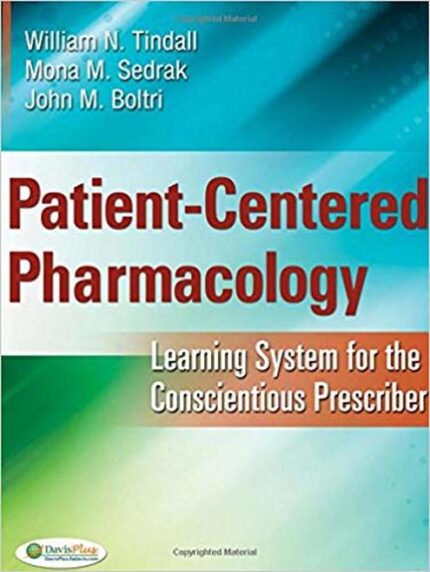
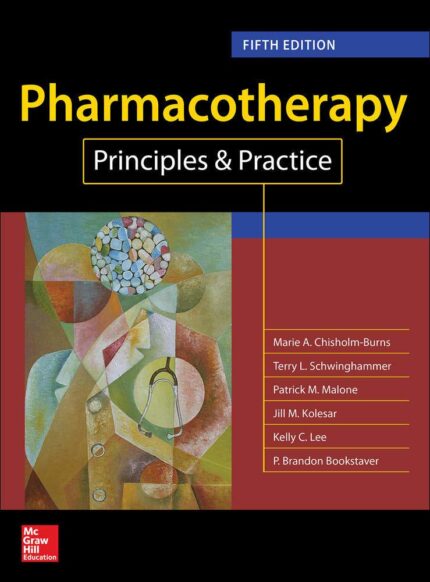
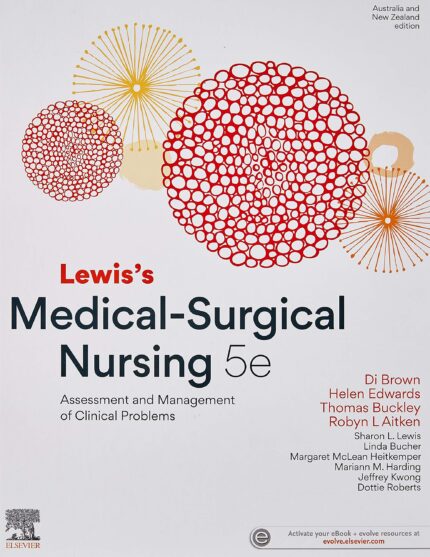
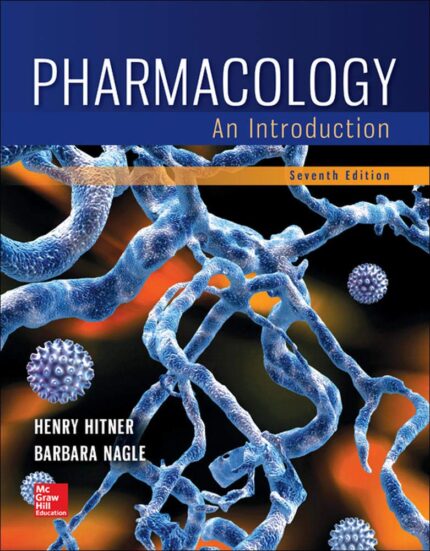
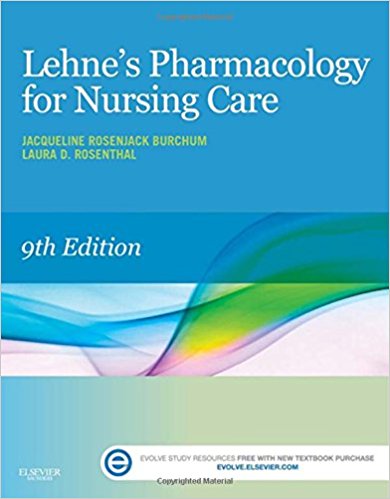



Reviews
There are no reviews yet.